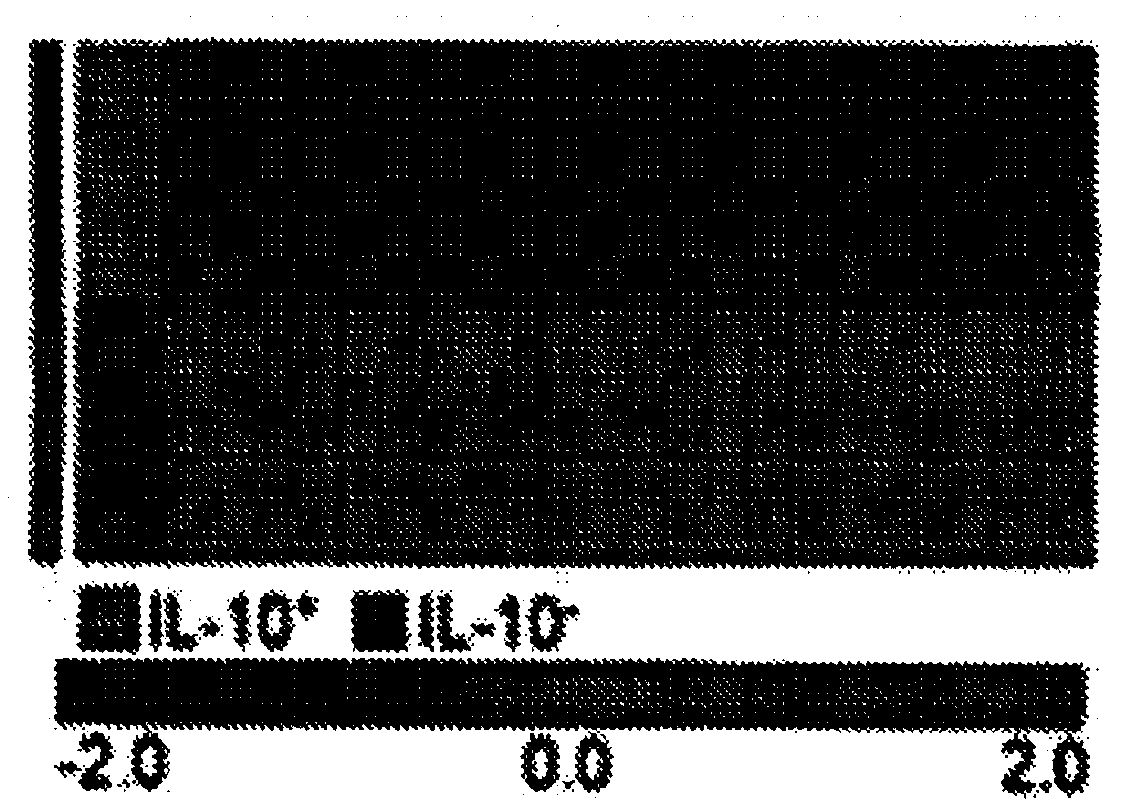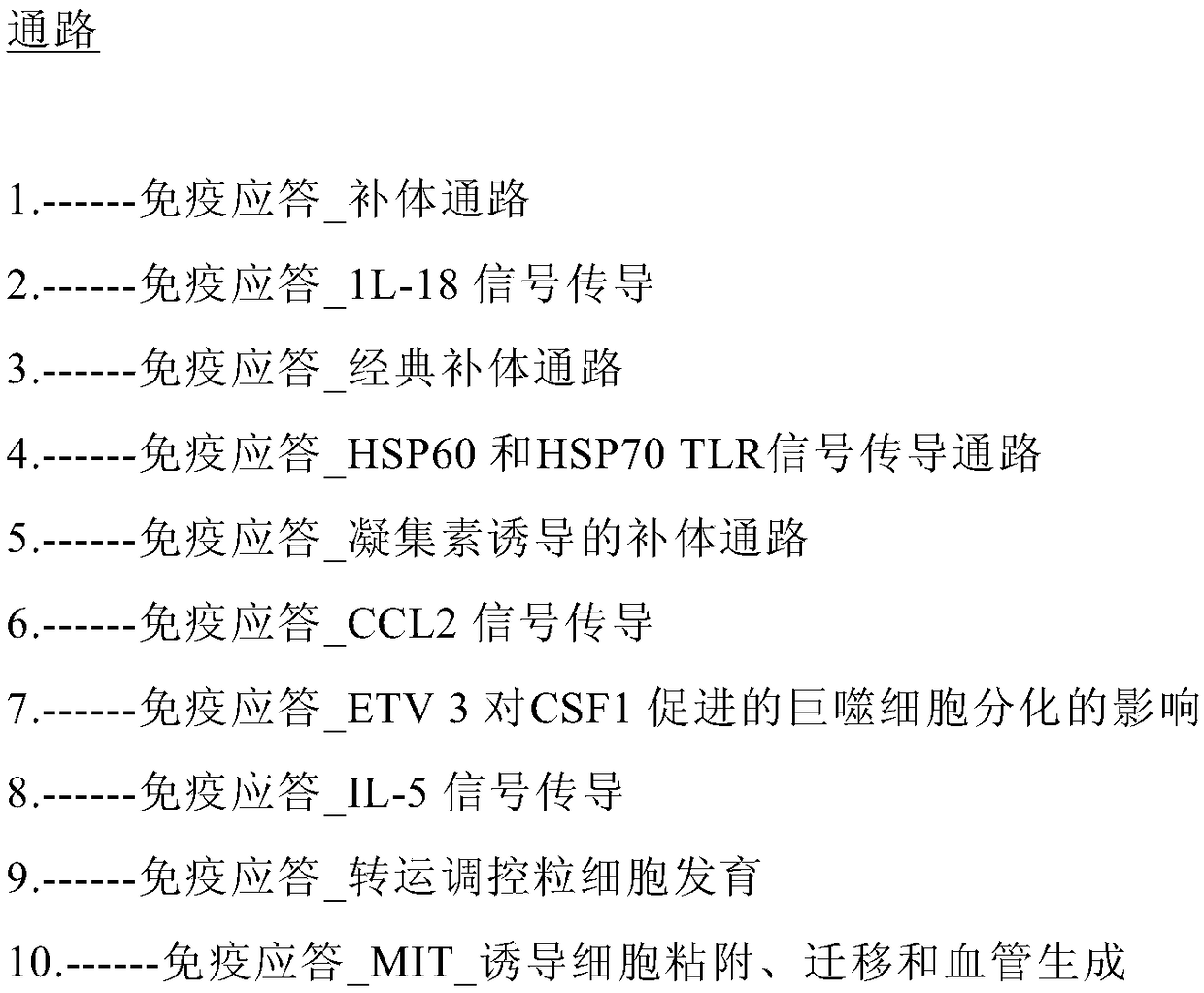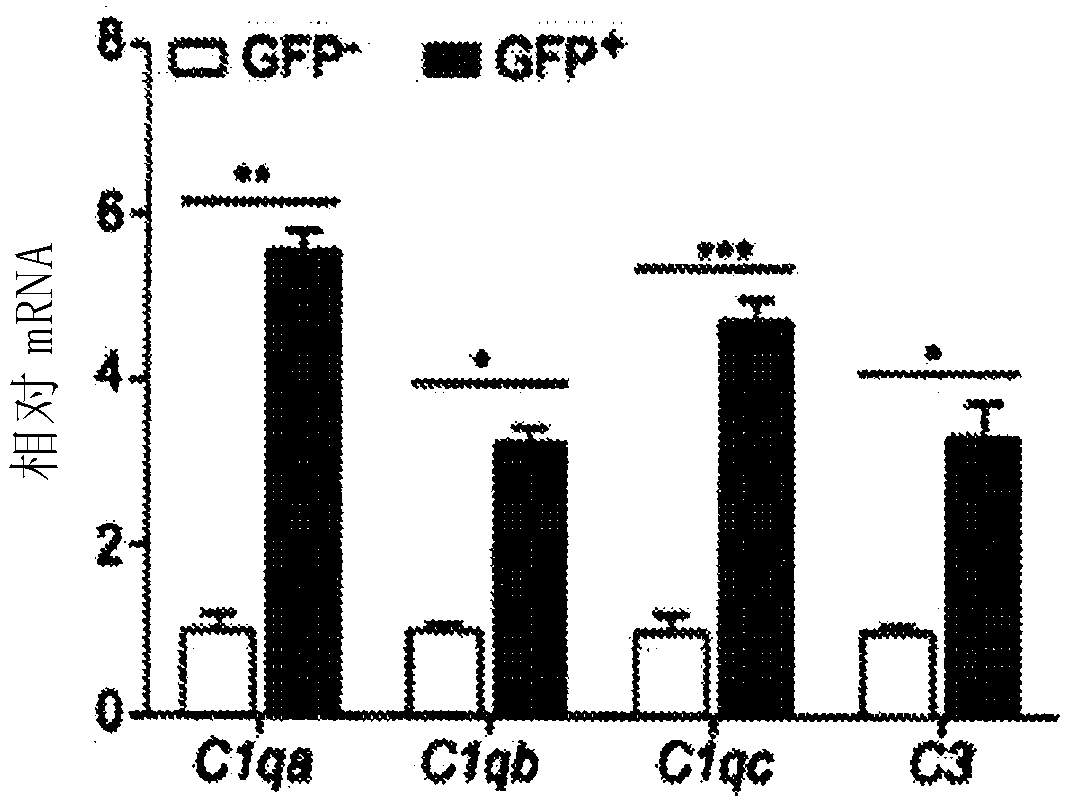Tumor infiltrating lymphocytes for treatment of cancer
A cell, cancer technology, applied in the field of compositions for treating cancer
- Summary
- Abstract
- Description
- Claims
- Application Information
AI Technical Summary
Problems solved by technology
Method used
Image
Examples
Embodiment 1
[0093] method
[0094] Mouse and murine cell lines: C57BL / 6J (wild type) mice (stock #000664), C3- / - mice (N7, stock #003641), TCRα- / - mice (N13, stock #002116) , IL10- / - mice (N13, stock number: 002251) and IL10GFP reporter (Tiger) mice (N10, stock number: 008379) were purchased from The Jackson Laboratory. C3- / - mice were further backcrossed with C57BL / 6J for 5 generations (N12). N represents the number of backcross generations. Six to eight week old mice were used for all experiments. All mouse strains are of C57BL / 6 genetic background. Mice were housed in a designated pathogen-free facility at Duke University Medical Center and used according to protocols approved by the Duke University Institutional Animal Care and Use Committee. The B16-F10 murine melanoma cell line was purchased from ATCC in 2011. E0771 is a mouse breast carcinoma, a gift from Dr. Scott A. Gerber (University of Rochester) in 2013.
[0095] Tumor model: Dissolve a total of 5 x 10 in 100 μL PBS 4 t...
Embodiment 2
[0119] Regulation of IL-10 Expression in CD8+ T Cells by Complement
[0120] To investigate the molecular regulation of IL-10 production in effector CD8+ T cells, the gene expression profiles of IL-10+CD8+ T cells were analyzed based on data collected by Trandem and colleagues (Journal of Immunology, 186:3642-52). Figure 1A Heatmaps of genes differentially expressed in IL-10+CD8+ T and IL-10-CD8+ T cells are shown. IL10 mRNA levels were higher in GFP+CD8+ T cells than in GFP-CD8+ T cells, indicating that GFP expression faithfully mirrored IL-10 expression in this dataset ( Figure 8A ). Pathway analysis revealed that genes involved in the complement pathway were highly enriched among genes differentially expressed between IL-10+ and IL-10-CD8+ T cells ( Figure 1B ). The mRNA expression levels of several complement components and their receptors were upregulated in IL-10+CD8+ T cells ( Figure 1C and D). These data suggest that the complement signaling pathway may be inv...
Embodiment 3
[0123] Inhibition of T cell-mediated antitumor immunity by complement
[0124] Development of melanoma in C3-deficient mice: B16F10 melanoma cells (2 × 10 5 / mouse) were inoculated subcutaneously into 6-8 week old wild-type (WT) and C3 knockout (C3- / -) mice. Tumor growth was monitored daily starting on day 7. The growth rate of B16 melanoma in C3-deficient mice was significantly lower than that in wild-type mice ( Figure 2A –C). Specifically, C3-deficient mice exhibited significantly smaller tumor volumes compared to WT controls ( Figure 2A ), tumor size ( Figure 2B ) and tumor weight ( Figure 2C ).
[0125] Development of breast cancer in C3-deficient mice: E0771 breast cancer cells (1×10 6 / mouse) were inoculated subcutaneously into 6-8 week old wild-type (WT) and C3 knockout (C3- / -) mice. Tumor growth was monitored every other day starting on day 7. The development speed of E0771 breast cancer cells in C3-deficient mice was significantly lower than that in wild...
PUM
 Login to View More
Login to View More Abstract
Description
Claims
Application Information
 Login to View More
Login to View More - R&D
- Intellectual Property
- Life Sciences
- Materials
- Tech Scout
- Unparalleled Data Quality
- Higher Quality Content
- 60% Fewer Hallucinations
Browse by: Latest US Patents, China's latest patents, Technical Efficacy Thesaurus, Application Domain, Technology Topic, Popular Technical Reports.
© 2025 PatSnap. All rights reserved.Legal|Privacy policy|Modern Slavery Act Transparency Statement|Sitemap|About US| Contact US: help@patsnap.com



